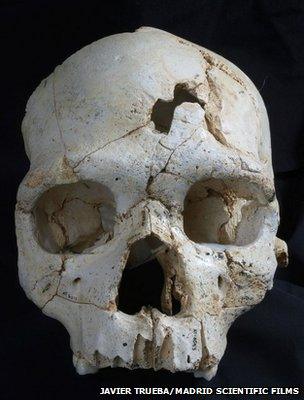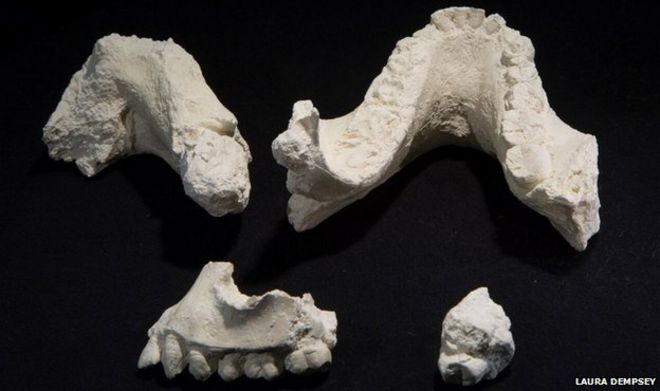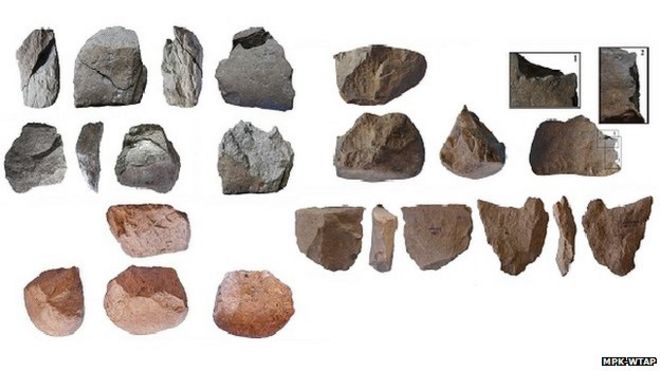Maps show us the way and identify major landmarks – rivers, towns, roads and hills. For centuries, they also offered a perspective on how societies viewed themselves in comparison to the rest of the world. New research looks at maps from the medieval and early-modern Muslim world.
Classic KMMS world map, “??rat al-Ar?” (Picture of the World), from an abbreviated copy of al-I??akhr?’s Kit?b al-mas?lik wa-al-mam?lik (Book of Routes and Realms). 589/1193. Mediterranean. East is on top.
Credit: Courtesy Leiden University Libraries. Cod. Or. 3101, fols. 4b–5a.
Karen Pinto, assistant professor of history at Boise State University, is researching a book project titled "The Mediterranean in the Islamic Cartographic Imagination," which looks at maps from the medieval and early-modern Muslim world. Her research is funded by a grant from the National Endowment for the Humanities.
Read the rest of this article...































